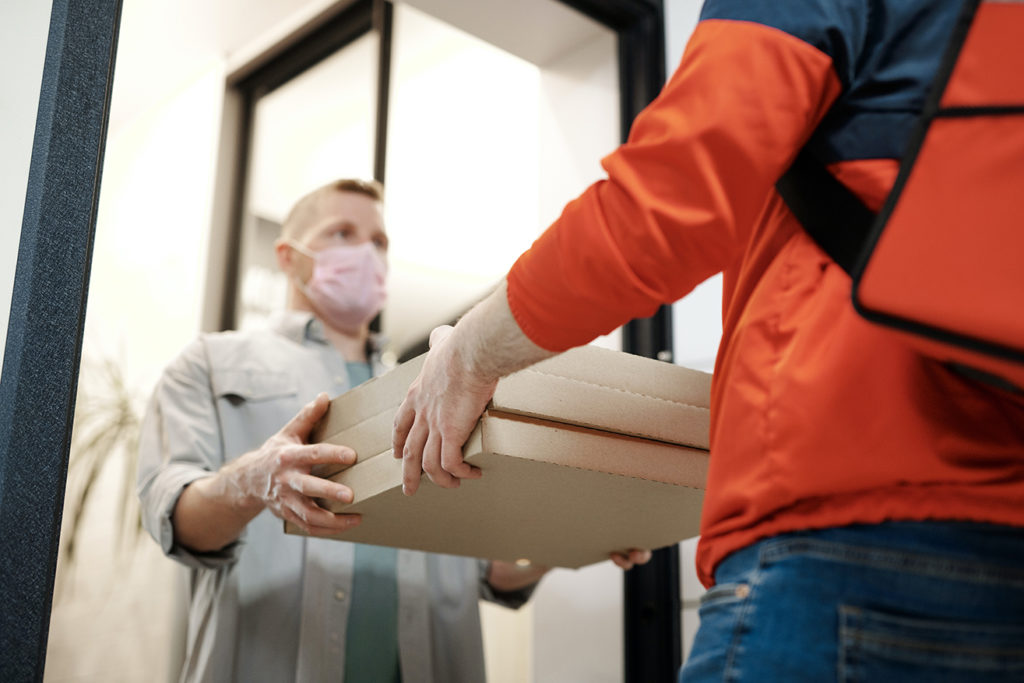Across the globe, cities, towns and states are in a state of flux, removing and reintroducing restrictions based on localised infection rates for the COVID-19 virus. The lockdown, or ‘stay at home’ orders may be necessary, but they make it difficult for operators to plan for recovery.
From the city of Leicester in the UK, to the riverside town of Aranda de Duero in Spain, from Melbourne in Australia to parts of California in the USA, authorities have been acting in a bid to stem the spread of infection.
As governments reimpose restrictions they had lifted earlier — for example, on bars and restaurant dining, the question is, how can businesses adapt. To shut up shop and intermittently cease trading is not an option, for most it would result in the demise of their business with cashflow being severely impacted. A survey of rural pubs, taverns and inns carried out by the Countryside Alliance in the UK revealed ~40% owners and landlords believe being forced to shut their doors again will mean they will have to close for good. Another 31 percent believed they would struggle to remain afloat while only 17 percent think they could make it work.
Innovation is the first step. Speaking to Forbes in August, Keith Pascal, former chief concept officer of Panera Bread, said that although sales at restaurants in his investment portfolio struggled initially, there were weekly improvements as the locations implemented innovative and creative ways to enhance sales, such as ‘digital access, new menu offerings, and contactless curbside pickup options.’ In the UK, TGI Fridays followed a similar path, launching digital ordering with curbside collection for the first time, and reopening 24 of its restaurants in the process.
Alongside innovation, businesses need to find a flexible approach to opening, one that allows them to adapt to regulations and restrictions as they change. The question is, how? The most obvious answer is to find a way of switching seamlessly between drink and dine-in to takeaway and delivery. It sounds easy but managing to do this without interrupting productivity or losing revenue to unrequired stock (be that takeaway packaging or food) is less so.
Since lockdowns were first imposed earlier this year, we’ve been working with businesses to help them achieve a flexible model. At first the Boathouse at Boulters Lock used the QikServe order ahead to set up a collection service. As part of this, it also set up donations through the solution and raised thousands of pounds for local charities and the NHS. With the lifting of restrictions, it extended the same platform to offer an Order to Table service – perfect for keeping person-to-person contact minimal. Now guests can enjoy contactless ordering for takeaway or dine-in; should a new lockdown be imposed it will be able to revert to a takeaway-only option.
Keeping continuity between different states of opening is key. Back-of-house, continuing to use the same system to receive and fulfil orders prevents confusion and human error. On the consumer side, guests would like to know that, no matter whether they’re eating in or out, the way they interact with their favourite venues remains the same. Throughout the pandemic there has been an increasing prevalence of digital ordering, and many consumers now feel comfortable with the technology. In fact, in a survey of consumers, carried out by QikServe and Eagle Eye, 42% said they were more likely to choose restaurants still offering a digital service post-lockdown.
Innovative and flexible ordering technologies may not solve the pressures faced by the supply chain as a whole, but they give restaurants, cafes, pubs and bars a way to remain open for business, no matter whether there’s a Stay at Home Order in place or a local lockdown preventing dining rooms from opening. They give operators a fighting chance, to keep revenues flowing and cashflow balanced so that, when we do eventually emerge, they have a chance to recover and grow.
To talk to us about integrating a flexible ordering platform into your business, contact us here.





